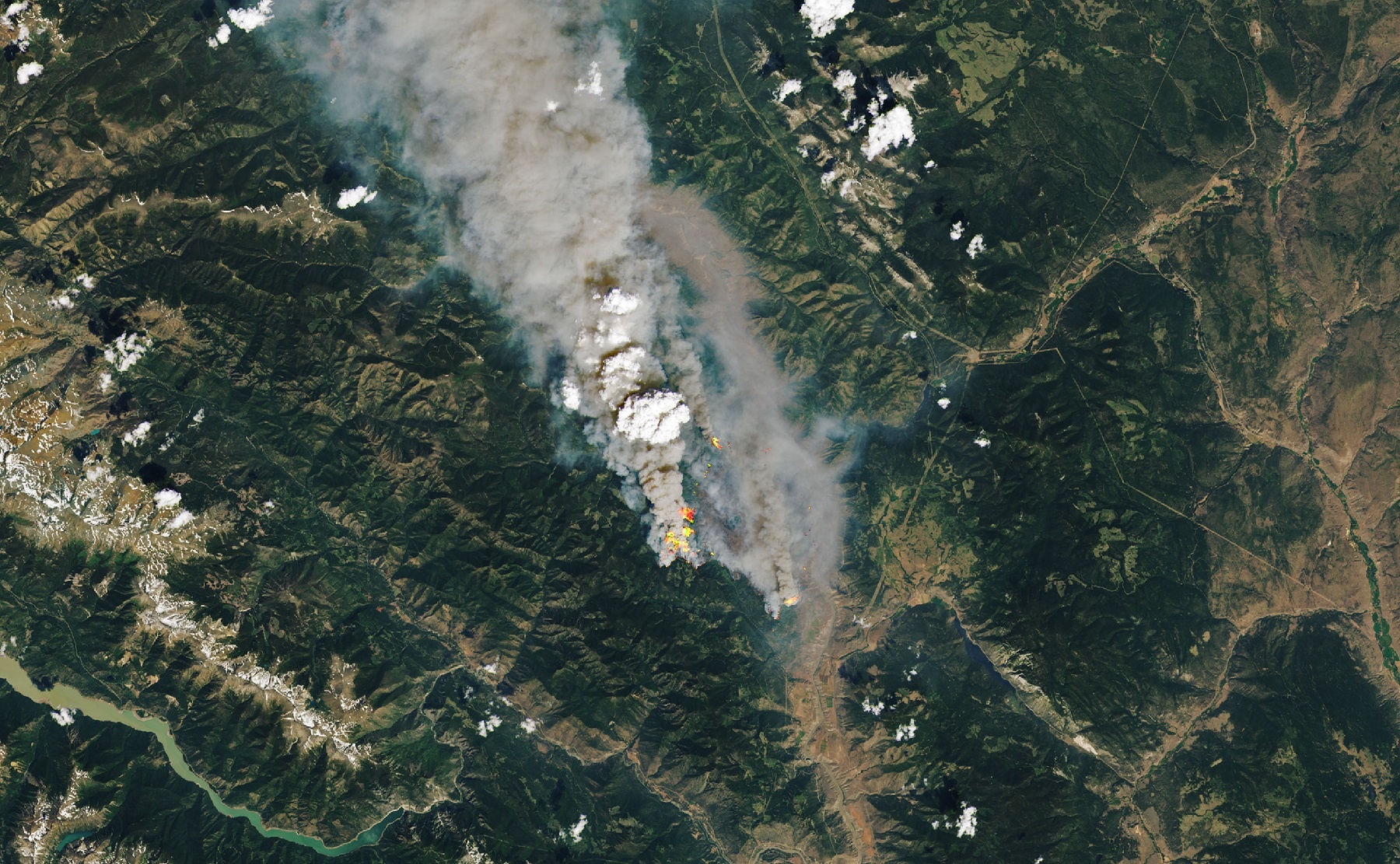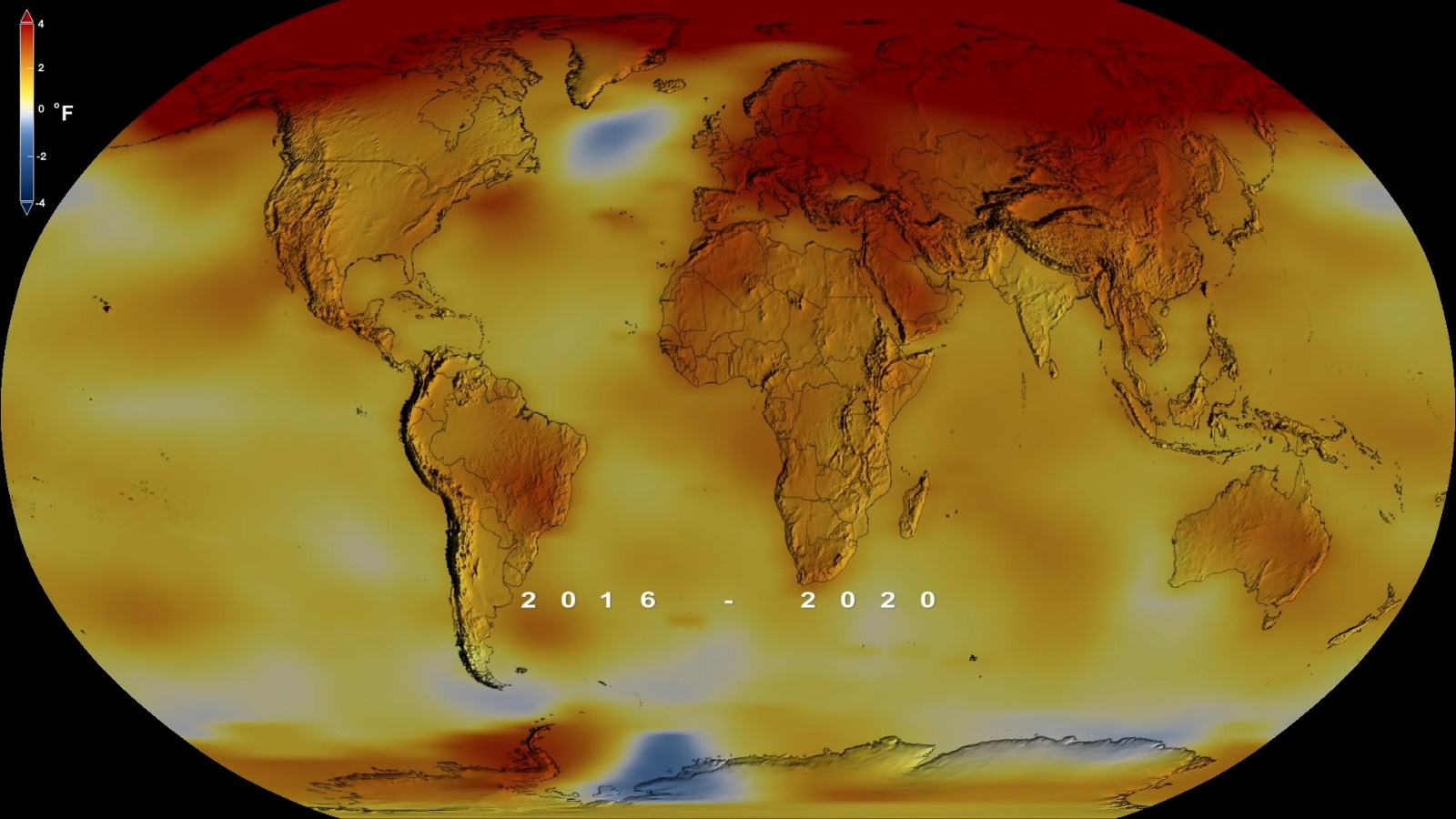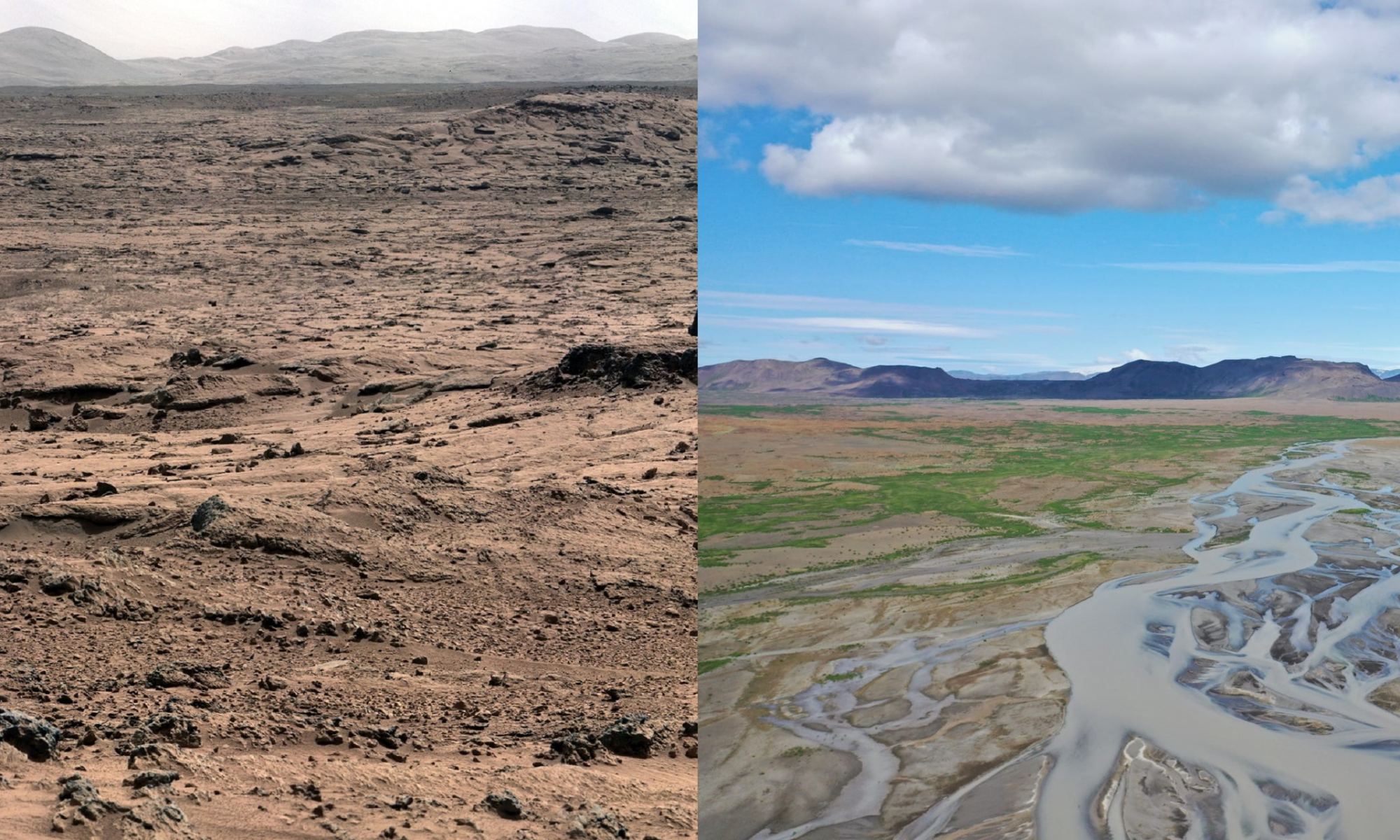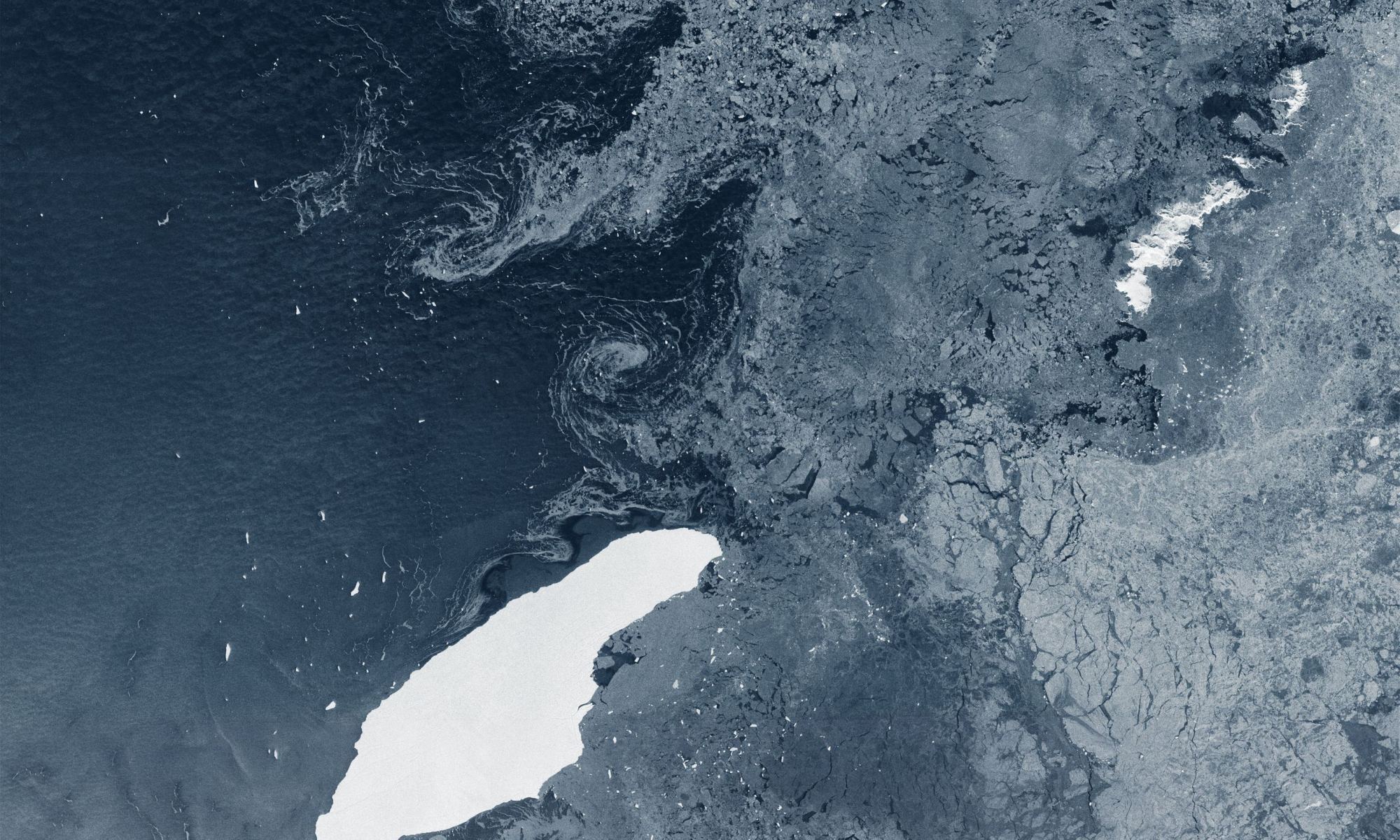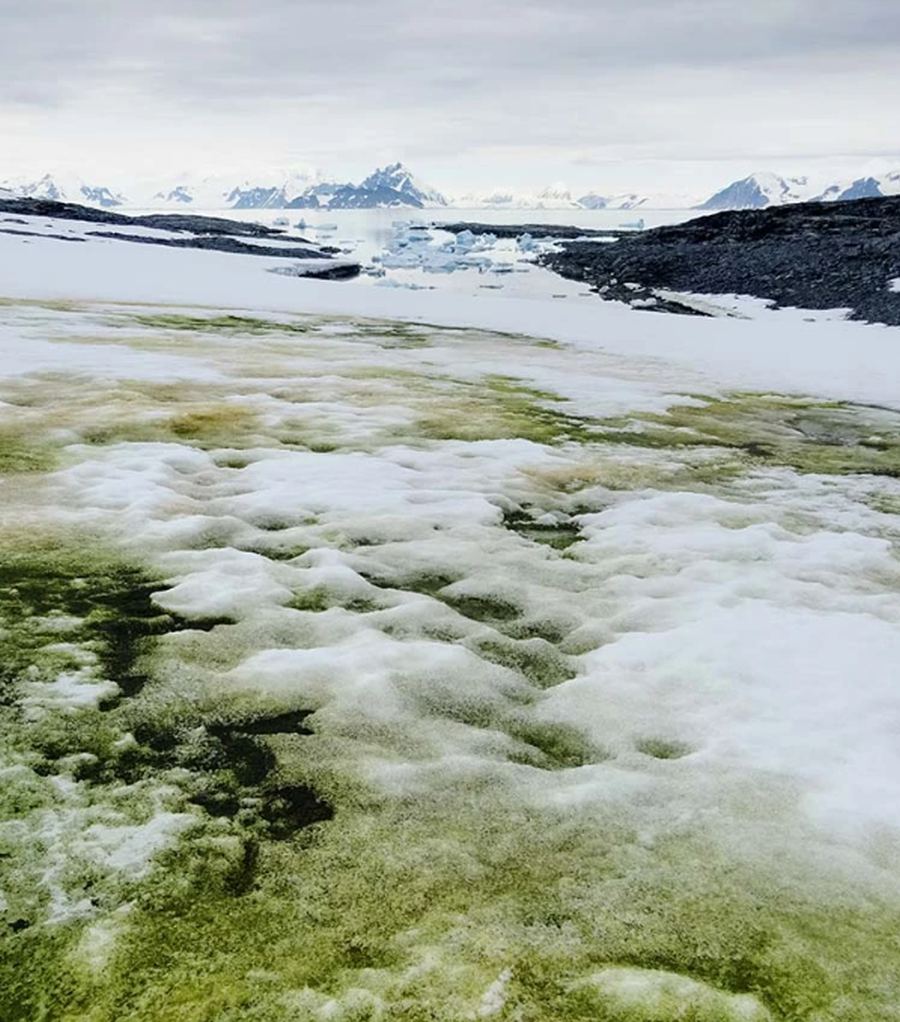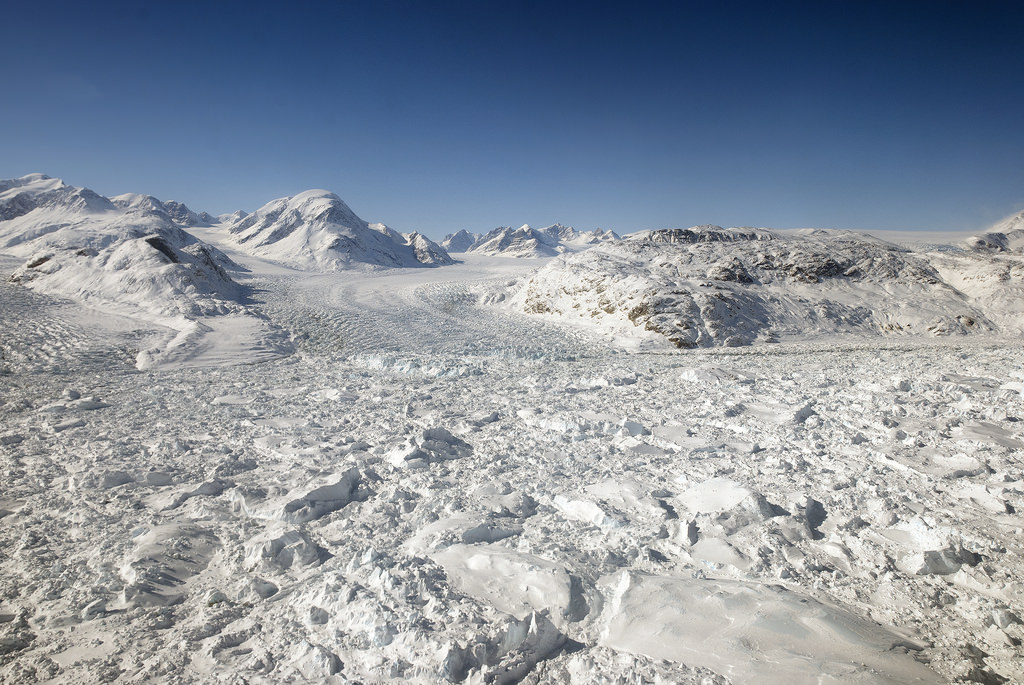Every day, there are more indications that show how anthropogenic factors are causing uncomfortable changes in our climate. Here in beautiful British Columbia, this means that wildfires are once again threatening countless acres of forests, communities, and wildlife. By the end of June 2021, more than 40 wildfires were raging across the province, including a rather substantial cluster around the town of Lytton.
Located just 150 km (about 93 mi) northeast of the city of Vancouver, Lytton, had to be evacuated on June 30th after an extreme heatwave led to wildfire sweeping through the area. These wildfires and the impact they were having at the time was being monitored by some of NASA’s Earth Observatory satellites. In a series of images recently shared on their website, they show the fires that were raging near Lytton just hours before the evacuation.
Continue reading “After British Columbia’s Record-Breaking Heatwave, Here Come the Wildfires”
